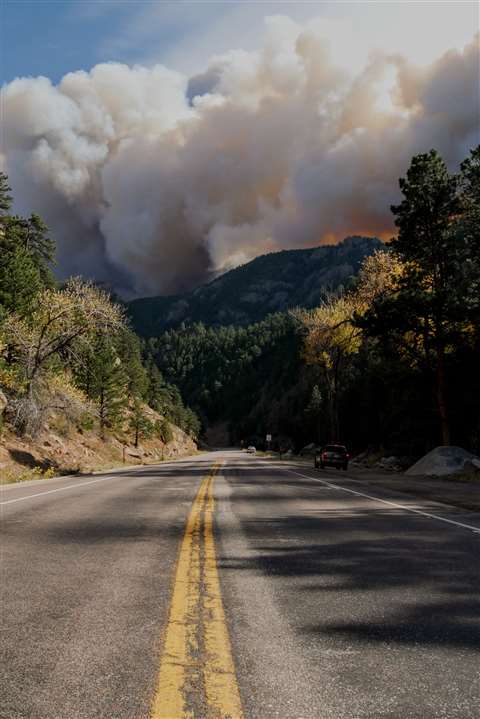How to navigate natural disaster prep
16 June 2022
Thinking ahead when it comes to safety and natural disasters.
As natural-disaster season has seemingly become a year-round event in the U.S., crane and transport fleets are increasingly tasked with contributing to enhanced safety focus both during and after the events.
Not surprisingly, there isn’t a one-size-fits-all solution when it comes to disaster preparation and/or relief. Construction and transport companies need to remain aware of educational resources in place for various regions of the country to remain as safe as possible. Communication is key.
Each year, amid flooding, fire, hurricanes and prolonged tornado seasons, construction and transport continues to work through it, and often in response to it. It would make sense that companies ramp up and/or fine tune their communications to prepare accordingly.
Additionally, many of the guidelines and operating regulations during natural disasters are disseminated from state-level safety agencies. State DOTs will gauge the weather and close down roads or bridges if necessary. The governor’s office will work with local entities and fast-track waivers for hours of service or overweight permitting. Getting this information into the hands of drivers and operators often comes down to relationships.
All the more reason to cultivate relationships with policymakers and leadership at state levels. It’s also wise to invest in applicable in-cab tech, better cell coverage and/or any other tools where your operators can dial in to get real-time information, including social media.

On the operational side, natural disasters often bring an odd mix of limitations for truckers, such as road closures and detours, along with relief from some of the usual regulatory constraints. Federal and state governments may relax or waive some regulations to facilitate emergency response. For example, officials may relax truck size and weight limits so equipment and materials can get to affected communities. Government may also offer flexible hours of service so truck drivers can get home despite reduced road conditions and delays.
Overall, these operational limitations and the regulatory relief are designed to preserve safety. However, regardless of what the law says, or what temptations a deserted open road may offer, drivers must stay safely within the limits of their equipment and their own physical condition.
On the crane side, emergency response is crucial in dealing with the aftermath of natural disasters. But just as critical are the disaster recovery teams, which include riggers and crane operators, as well as construction and heavy-load-moving companies that provide lifesaving equipment. Disaster zones are unsafe to begin with, but using heavy machinery like cranes adds an extra level of safety concerns. Case in point, mobile crane load charts use level ground as a baseline for their success. In many natural disasters, stable or even ground doesn’t exist, but crane operators must work quickly and efficiently to save lives and property. The type of natural disaster also dictates the type of crane used during disaster recovery.
SC&RA’s Severe Weather Guidelines for the Crane & Rigging Industry is an additional resource that could prove quite helpful. The guidelines were created for severe weather conditions including tornadoes, hurricanes, winds, thunderstorms and snow, and outline job preparation before, during and after severe weather and include timelines for preparation work.
Ultimately, the type of natural disaster doesn’t really matter, because a range of safety and health hazards exist during any one of them. And whether you’re trying to avoid the dangers pre-disaster, or minimize them during a recovery operation, you have to flip a switch at some point and think preparation, coordination and safety.
Before, during and after a natural disaster, the duties and responsibilities change and the risk increases. Hazards should be properly identified, evaluated and controlled in a systematic manner to reduce or eliminate as many safety and health risks as possible – for both your workforce and the general public.
STAY CONNECTED


Receive the information you need when you need it through our world-leading magazines, newsletters and daily briefings.



